 Systemic Lupus Erythematosus or SLE (also known as Lupus), is an auto-immune disorder that affects the skin, joints, kidneys, brain, and other organs. The disease attacks healthy tissues, leading to chronic inflammation. This can have a drastic effect on a person’s quality of life. The Centers for Disease Control (CDC) provides a wide range, estimating that 1.8 to 7.6 individuals per 100,000 individuals in the United States suffer from this disease every year.
Systemic Lupus Erythematosus or SLE (also known as Lupus), is an auto-immune disorder that affects the skin, joints, kidneys, brain, and other organs. The disease attacks healthy tissues, leading to chronic inflammation. This can have a drastic effect on a person’s quality of life. The Centers for Disease Control (CDC) provides a wide range, estimating that 1.8 to 7.6 individuals per 100,000 individuals in the United States suffer from this disease every year.
Treatment depends on the extent of the disorder and the patient’s individual needs. Physical therapy plays a valuable role as part of a holistic treatment plan for patients with lupus.
Chronic inflammation results in severe pain, redness and swelling around the joints. While drug intervention is an important part of treatment, physical therapy helps manage the consequences of joint pain and other symptoms of the disease.
 Your physical therapist is a trained and licensed healthcare professional. The therapist will determine the extent of functional limitations and answer critical questions such as:
Your physical therapist is a trained and licensed healthcare professional. The therapist will determine the extent of functional limitations and answer critical questions such as:
- What was your prior level of function?
- What are you unable to do now?
- What is your treatment goal?
This information becomes the foundation of a treatment program, which consists of:
- Strengthening exercises – Simple exercises to improve muscle strength and increase muscle tone. Patients tend to get fatigued easily, so sessions are short and include long rest intervals.
- Aerobic exercise – These exercises tend to be longer in duration and lower in intensity compared to strengthening exercises. They help reduce joint inflammation and improve the range of movement.
- Ambulation – The patient is taught techniques to sit, stand, walk and roll in an efficient, pain-free manner. This is especially important if lupus has severely affected the hips and knees.
- Aquatic therapy – Buoyancy helps reduce joint stress and makes exercise easy (and even enjoyable) for lupus patients. Gradual, progressive exercise therapy helps improve joint function without triggering pain.
- Ultrasound therapy – Ultrasound waves can facilitate healing in muscles and joints. Ultrasound is generally avoided during the stage of acute inflammation. In such situations, the physical therapist may decide that ice packs are a better option instead.
- Assistive devices – Devices like walking sticks, walkers or more intricate, customized devices can facilitate ambulation, depending on the needs of the patient.
Dignity, Freedom, and Therapy
 If you think physical therapy can only help people with pain and injury, think again.
If you think physical therapy can only help people with pain and injury, think again.
As an expert with several years of training in the functioning of nerves, bones, muscles, and joints, your physical therapist is equipped to help patients deal with a myriad of ailments, including those as complex as lupus.
A physical therapist will guide a patient every step of the way, providing safe and effective relief from joint pain. The therapist will help the patient forge a path to independence to the maximum extent possible.
Treatment is gentle, safe and effective and allows patients to live life with dignity and freedom. We won’t allow lupus (or any condition) to force you to ‘live with pain’ – not on our watch. This is our commitment to you. To learn more about how we can help you live a pain-free life, call us today. We’ll show you how physical therapy can change your life.
